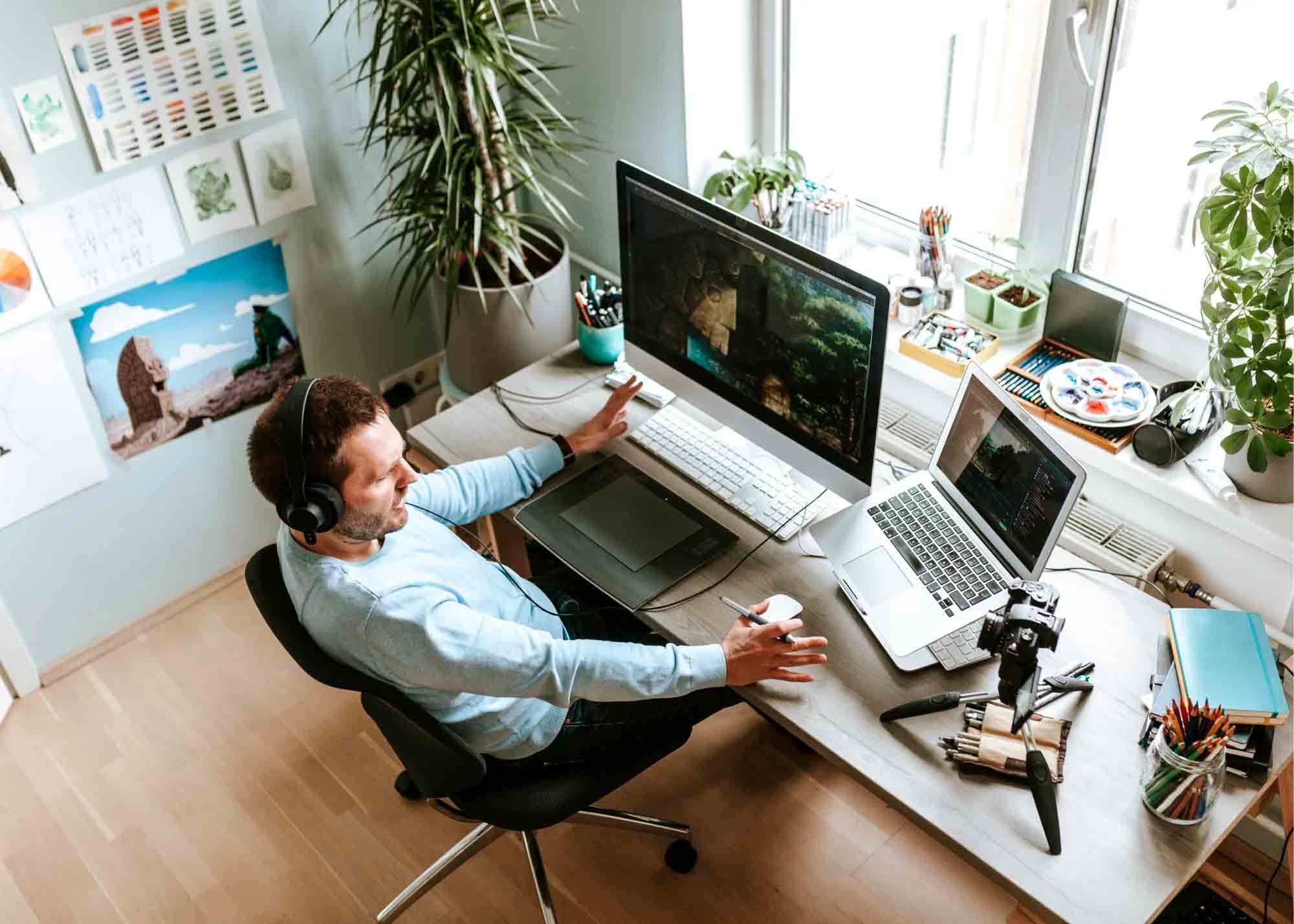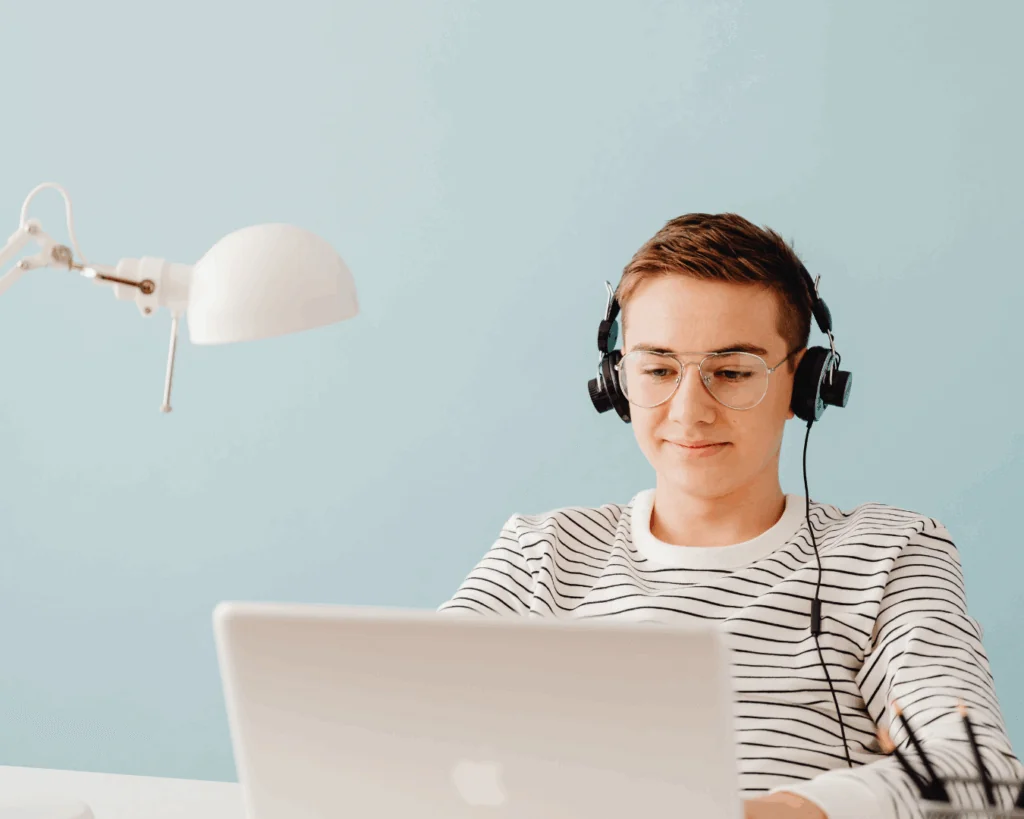To get the most out of your video solution, it is important to choose the right recording tools for the right environment and to ensure everything works together seamlessly to create consistency, to allow for ease in training, and to increase adoption throughout your institution.
Lecture Capture is an Ideal Classroom Solution
 Lecture capture, or the recording and archiving of audio and video components of a lecture, is ideal in the classroom, whether you opt for a traditional or flipped classroom structure. The YuJa hardware appliance integrates into all classroom multimedia equipment, streaming your lecture directly to the cloud, while software capture provides organizations with the ability to record anywhere and capture multiple inputs. With automated scheduling, you can capture lectures without any additional work.
Lecture capture, or the recording and archiving of audio and video components of a lecture, is ideal in the classroom, whether you opt for a traditional or flipped classroom structure. The YuJa hardware appliance integrates into all classroom multimedia equipment, streaming your lecture directly to the cloud, while software capture provides organizations with the ability to record anywhere and capture multiple inputs. With automated scheduling, you can capture lectures without any additional work.
Lecture capture offers the following advantages:
- If you’re recording lectures in a brick-and-mortar classroom, you’re likely to find lecture capture the most practical choice, as you’ll typically be working from a podium in the classroom.
- If you opt for software-based lecture capture, you will need to initiate the software; however, it will work on any device. Record with a camera or document camera, or record your smart board or external web camera, or any combination of devices.
- Lecture capture integrates into other classroom multimedia resources, including the SmartBoard.
- Your students can easily replay, pause and rewind lecture captures for future use.
Additionally, the Software Capture and Browser Capture tools used for lecture capture can be used to create podcasts.
Video Podcasting is Another Powerful Tool to Support Learning
“Podcast” refers to any software and hardware combination that allows automatic downloading of audio files for listening at a user’s convenience.
Video podcasting is ideal for review videos or enrichment materials to supplement work in the classroom; however, it can also be an ideal way to engage with students online, especially in remote learning environments.
Use cases and advantages include:
- Video podcasting using your own webcam and microphone is an ideal way to offer information to your students.
- The videos stream into the cloud and are stored as part of your learning channel.
- You can integrate files and materials you’re using directly into your video podcast, or even use an interactive sketchpad to illustrate lessons. This makes video podcasting a practical supplement to classroom learning or an ideal way to present short, manageable lessons for online-only students.







